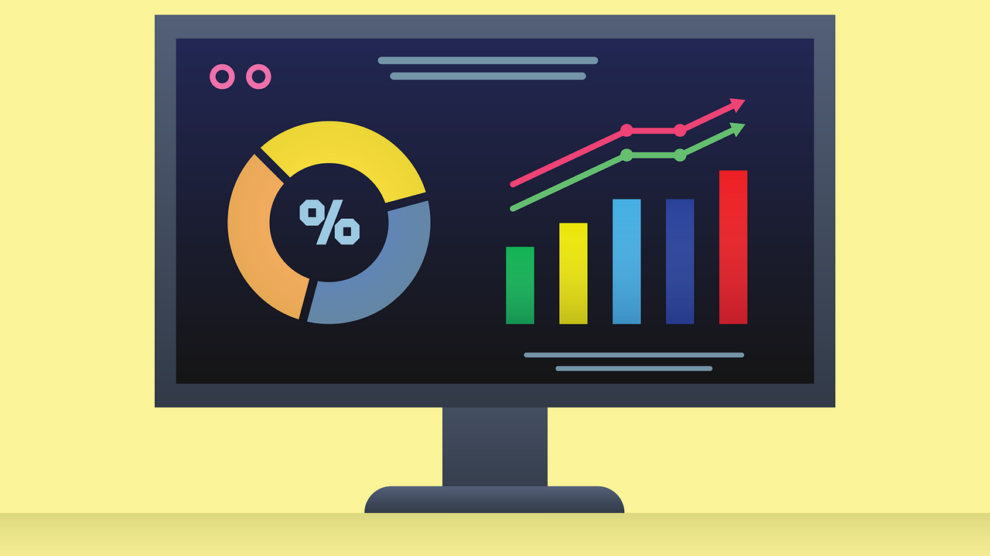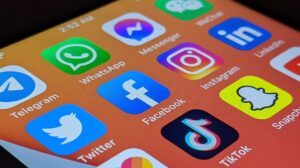Brand activation events are a fantastic way to grow your business, but executing a great event is different from deciding whether the activation was actually successful — much less understanding how to revise your campaign to achieve greater returns in the future. That’s why it’s important to understand how to measure the effectiveness of your events.
Like any marketing campaign, having a well-thought-out plan and strategy in place for events is necessary to achieve optimal returns. As such, the first step to evaluating your events’ effectiveness is to develop key performance indicators (KPIs).
Developing Key Performance Indicators
Goals and objectives need to be defined before you hold your brand activation, since they will serve as the categories that appear on your report card afterward. These KPIs constitute the outcomes that you would like to happen.
Whatever your KPIs are, make sure they are realistic. Don’t set yourself up for failure by placing the bar too high, and remember that when expectations are inflated, impractical, or unclear, it becomes difficult to hold your team accountable. If you do not clearly identify everyone’s roles and responsibilities in reaching your targets, excuses could start rolling in. Without good, clear KPIs, your team may not know what they are fighting for, and there’s a much greater chance of failure.
Topping the list of goals you should consider are generating sales and new leads.
Sales Reign Supreme
Sales will always reign supreme, since they fuel everything else in the company, and nothing happens without them. To ascertain the effectiveness of the event, ask yourself if you met your targets for new orders. Did you see an uptick in sales?
Closely related to sales is lead generation. Are there more leads in your funnel after the event than there were before it? Does the volume of new interest match your aspirations?
While sales and new leads might provide the most immediate value, don’t forget KPIs that can pay off in the longer term, like consumer engagement.
Measuring Consumer Engagement
To quantify customer engagement, you might consider how many people gave you their contact information, how many conversations your ambassadors had with consumers, and how many impressions they were able to create from passersby. In general, more conversations and impressions lead to more sales.
Tracking the number of views, comments, or likes on social media is another good way to measure consumer engagement. The same goes for the analytics on your website — how many people have visited it since the event?
While quantitative data like these are of obvious value, I also recommend documenting consumer engagement in qualitative ways. Take photos and videos during the event itself, since these are great for recaps and sharing on social media. A picture showing a huge smile on a consumer’s face says something numbers can’t.
In addition, take notes during the event about the overall reaction you are getting. Are consumers engaging in conversation or asking questions? Those are the best qualitative indicators of effectiveness. If people simply walk away and do not engage with your team, you need to rethink the strategy and try to pivot as quickly as you can.
Events are also a great way to solicit feedback from customers, which is another good KPI to include.
Capturing Consumer Feedback
To capture customer feedback, reward customers with a special treat for filling out a questionnaire. Make sure to provide them with an incentive to give you their time and perspective — otherwise, you’re unlikely to get it. Consumers have other things to do, and they don’t owe you their time and attention.
Conducting surveys on a tablet works well, but if that’s not an option, consider using a traditional paper questionnaire. Interviewing people on camera can be outrageously successful during debriefing sessions, though getting people to talk on camera can be challenging. In addition, this approach requires a substantial budget, as you would need to hire a team to help produce the footage and handle all the editing.
Keep your questionnaires short — people should be able to complete them in only about five to ten minutes. Long surveys do not work in the field. After all, this isn’t a focus group.
Be forewarned that sometimes the feedback you receive will be brutally honest. While learning your business’s shortcomings might be discouraging at first, this information also empowers you to make changes that will help you grow in the long run.
Finally, if you really want to get some honest feedback, hire a company that provides secret shopper services. They can provide an outside perspective and detailed report on your team, process, presentation, service, and much more.
Commonly Overlooked KPIs
A number of other KPIs shouldn’t be overlooked, as well. For instance, how did the event affect team performance? Did it improve morale and create a better company culture?
In the process of running the event, you might also gain valuable insights about your team. How would you describe members’ attitudes, attentiveness, professionalism, willingness to learn, and ability to take initiative? Did anyone demonstrate unforeseen leadership skills or another new talent? These are all legitimate KPIs.
In addition, don’t forget to ask your team for their feedback about the campaign. Not only can they offer some great insights, but this also makes them feel empowered. Demonstrating that you respect their opinion or trust them in this manner builds their confidence and is great for team chemistry.
Comparing Outcomes to KPIs
To evaluate the effectiveness of your events, take your initial goals and compare them to the campaign’s actual outcomes. Did the campaign meet your objectives? For example, was everything done under budget? Did you hit your daily impression quota?
To consider an event successful, you don’t necessarily need to see robust increases across the board on all measures. When gauging the effectiveness of your campaign, keep what you are selling in mind. For example, if your home improvement business only gets a few leads from an event, but lands a $25,000 or $50,000 job, that could be deemed successful.
If your events appear to be underperforming, don’t simply give up. I’m not suggesting you keep your head in the sand, but don’t make knee-jerk decisions. First, ask questions, acknowledge any issues, and brainstorm possible solutions. How can you fix the problem? After making the necessary revisions, you’ll be more prepared the next time you head out into the field.
Help Your Business Grow
Holding brand activation events, as well as measuring their success, can either be done internally or externally. If your staff isn’t already qualified to take advantage of these exciting growth opportunities, professional agencies can help guide you.
By planning, executing, and measuring the effectiveness of your event marketing efforts, they can help you ensure a positive return on investment.





